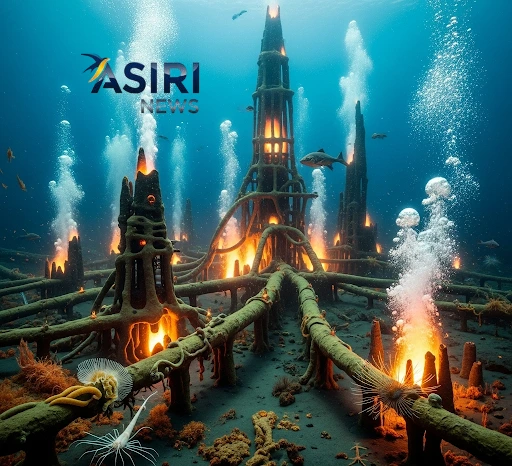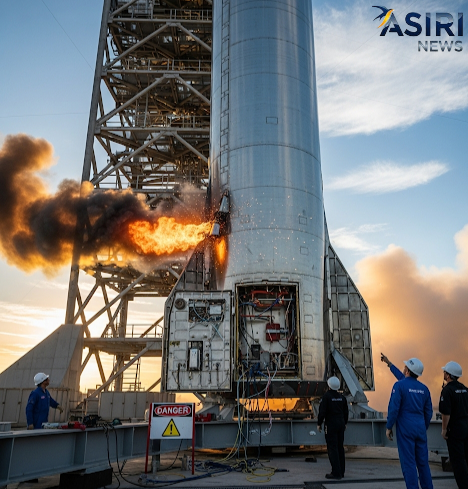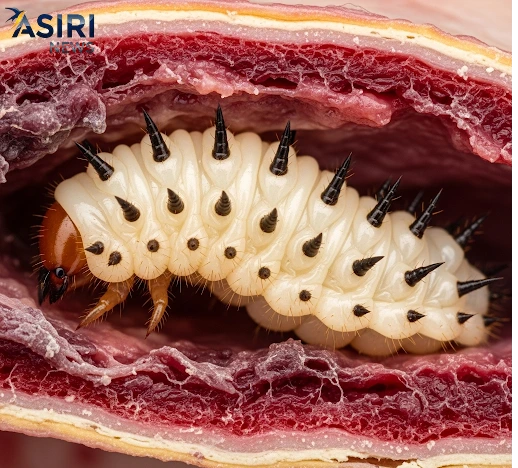In a landmark discovery that promises to redefine our understanding of deep-sea ecosystems and the origins of life, scientists have uncovered a colossal hydrothermal system in the Pacific Ocean. Located approximately 50 miles off the Mussau Trench, this newly found deep-sea wonder, named the Kunlun system, is a hotbed of biological and geological activity that dwarfs the previously famed “Lost City” in the Atlantic. Its sheer size and unique chemical composition make it an ideal natural laboratory for exploring the conditions under which life first arose on Earth.
The Kunlun system spans over 4.3 square miles (11.1 square kilometers), making it more than a hundred times larger than the Lost City. What sets it apart is its unique geological setting and massive hydrogen output. Unlike the Lost City, which is found on a mid-ocean ridge, the Kunlun system is located within an oceanic plate, challenging long-held assumptions about where and how hydrogen is generated beneath the waves. The system’s hydrothermal fluids are exceptionally rich in hydrogen, a crucial building block for life. Researchers estimate that the total hydrogen flux from Kunlun is equivalent to over 5% of the entire global abiotic hydrogen flux from all other known submarine sources.

The ecosystem thrives in perpetual darkness, entirely independent of sunlight. Life here is sustained by chemosynthesis, a process where microorganisms convert inorganic chemicals, like hydrogen and sulfur, into organic matter. This remarkable process forms the base of the food web, supporting a rich diversity of life, including shrimp, tubeworms, anemones, and other unique deep-sea species. The discovery of such a vibrant ecosystem in a hydrogen-rich environment has provided powerful new evidence for the theory that life on Earth may have originated in similar hydrothermal vent systems.
This unparalleled scale and unique environment make Kunlun a superior candidate for studying the origins of life. The system’s stability over time, compared to other more volatile volcanic vent fields, offers a sustained and stable evolutionary time frame for early life forms to emerge and evolve. As research vessels continue to explore this hidden metropolis, the data they gather could provide critical insights into the very first moments of life on our planet.



